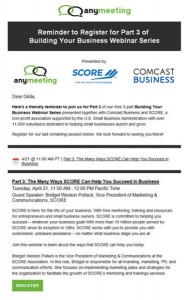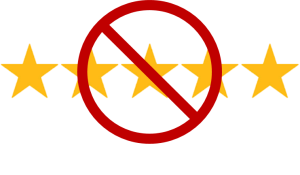
During my recent interview for the Human Impact podcast, Ed Andrews made the point that while “most people’s technical skills are reasonably strong, it’s their ‘human skills’ that are lacking.”
A crisis period may be the toughest time to try to create positive change. Not only is it hard to build trust when everyone is disrupted and on high alert, but under pressure, most people are likely to revert to habitual behaviors. For many leaders, that means falling back to a single-minded urgency and intense task focus. But even during tough times it’s possible to look at our personal reactions and leadership responsibilities and make new choices to strengthen our “human skills.”
Handle Yourself Before You Try to Handle Anyone Else
One of the best ways to break the chain of automatic response is to notice your body. It often responds before your brain has even processed any thoughts about what you’re reacting to. For example, some people’s faces get hot and red when things aren’t going the way they want, or they might start jiggling their foot or shaking their head. I often ask my clients to note such physical responses in their bosses; that way, as soon as they see their boss is having a stress reaction, they can try to slow things down or even pause the action.
And what to do with your own reactions? The technique that seems to work best for most of my clients is to consciously feel their feet in their shoes. I ask them to focus on feeling their big toes pressing down, then their heels and, finally, their little toes. By the time they’ve spent 20 seconds doing this — and 20 seconds is a tremendously long time when you’re feeling so frustrated that you want to shout, curse, or say something harsh — whether or not they not actually get calmer, they usually feel more self-aware, and therefore become more capable of directing their energy toward productive action.
Focus on Your Biggest Responsibilities
Even after leaders have pulled back from their personal reactivity, they need to emphasize a few key areas of responsibility. They should be careful not to send their people down unnecessary rabbit holes, causing them to get lost and waste time, or even worse, force them to march over some unnecessary cliff’s edge just because it “feels” like something important is getting done.
Rather, they should reinforce the organization’s direction by reminding everyone of their sense of purpose and what the organization needs to accomplish, both in the long term and right now, during this time of challenge. The next thing is to assign people to the right roles and tasks to get the best from each individual and avoid adding difficulty or distress. Clarifying all new instructions or projects and reviewing them with the participants, both separately and together, will help minimize any overlaps or conflicts.
Accountability is still crucial. During hard times, deliverables or meetings may be delayed or incomplete, so leeway must be given for whatever difficulties individuals face: the absence or inconsistency of suppliers or customers; limitations imposed by governments, supply chains, and other structural norms; or even their personal situations, if they’re now home-schooling their children, concerned about elderly parents, or trying to work in inconvenient home offices. But don’t just let things slide. Discuss what’s needed and when, and express gratitude for whatever gets accomplished. Set new dates or targets as necessary to keep everyone together. Ask if anyone needs help or wants to work collaboratively, even when that may not previously have been the norm.
Looking at Both Sides
During a crisis, employees still need guidance and direction, and may not be aware of conflicting priorities and multiple resource problems, the pressures their boss is under, or the fact that their boss may need some leeway too. Senior leaders should check in often to make sure employees keep moving toward their goals even if their direct bosses aren’t proceeding forward smoothly.
It can be helpful to have employees look at the situation from both sides, so ask them, “If you were the boss, how would it look? And if you were responsible for the boss, how would that look?” That can help them envision the bigger picture and begin generating ideas for different ways to approach their boss or tackle problems themselves.
It can be hard for leaders to think about doing more to support and develop employees in the midst of a crisis. But focusing on human skills can help leaders strengthen their workforces and also their larger organization, thereby readying them to continue working in concert even after the crisis has passed.
Business & Finance Articles on Business 2 Community
(62)
Report Post





